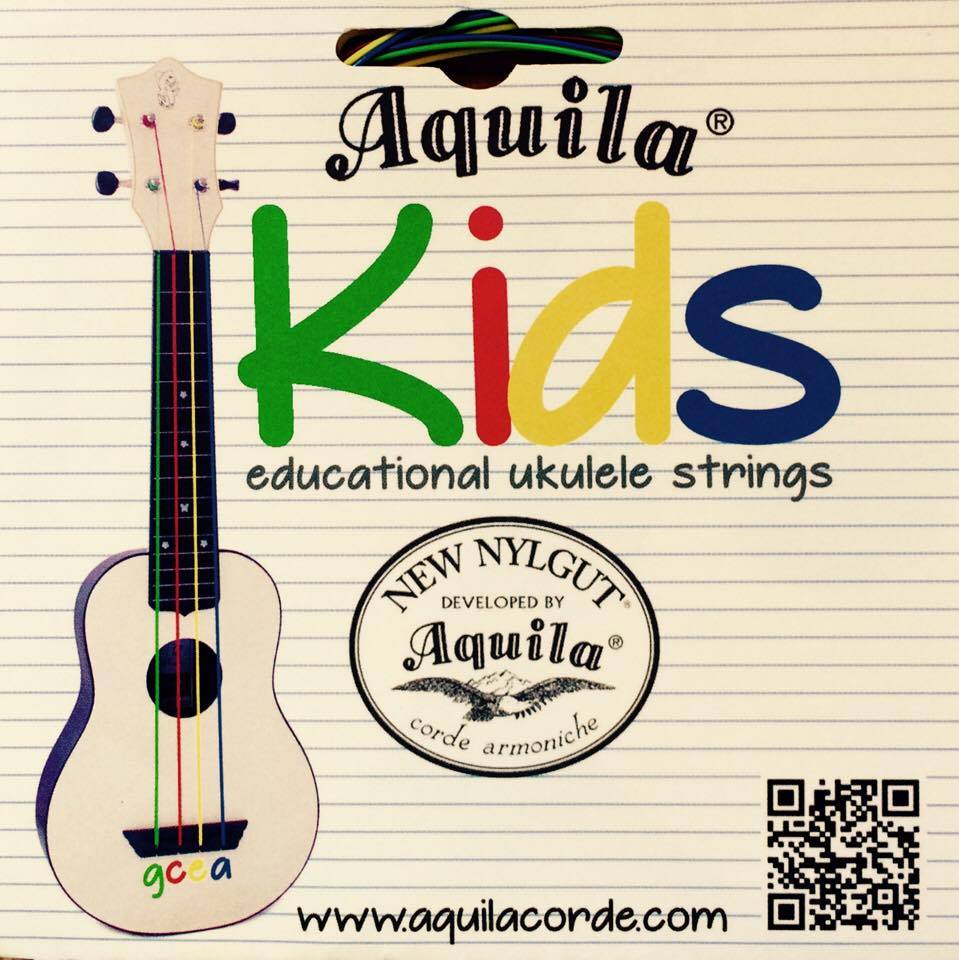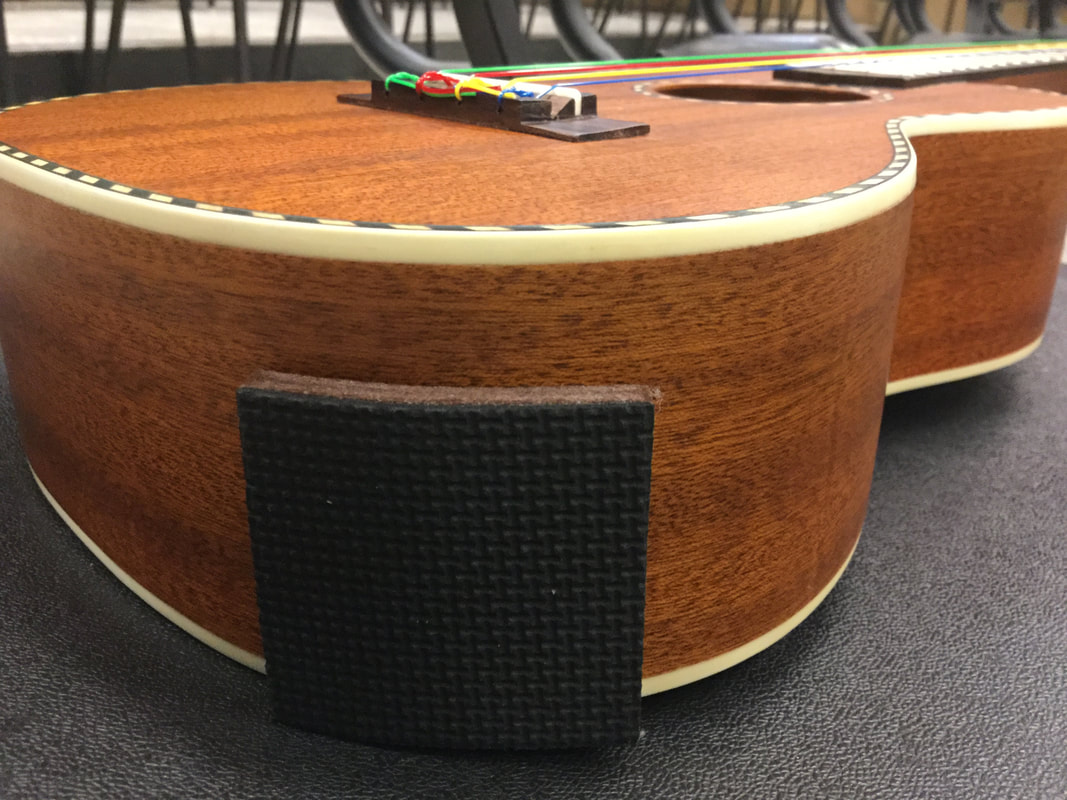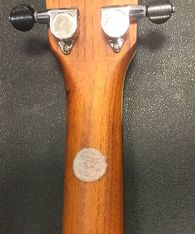One of the most common questions and complaints I hear from teachers is how to approach tuning a set of classroom ukuleles. The invention of the clip-on tuner was a great step forward for those of us who teach class ukulele and guitar, since it doesn't rely on a microphone to pick up the pitch. I remember buying my first Intellitouch tuner when I was teaching my first guitar class. It cost $70 at the time, and nowhere near as reliable as even the cheapest clip-on tuners today, but it was worth it to me to have the ability to tune during class. I now usually tune one instrument while the kids are practicing a skill, then trade a student for theirs while I tune theirs.
And now, the next step forward: A Roadie 2 Automatic Tuner. This is an AWESOME tool for a classroom ukulele and/or guitar teacher. The previous version of this had caught my eye before, but when I found out that the first version REQUIRED pairing it with a tablet or smartphone, and it used the microphone from the paired device, I decided that it was cool, but useless to me.
Now that's all changed with the Roadie 2 - now it works like the clip-on tuners, and does not rely on a microphone. Check it out in action below!
And now, the next step forward: A Roadie 2 Automatic Tuner. This is an AWESOME tool for a classroom ukulele and/or guitar teacher. The previous version of this had caught my eye before, but when I found out that the first version REQUIRED pairing it with a tablet or smartphone, and it used the microphone from the paired device, I decided that it was cool, but useless to me.
Now that's all changed with the Roadie 2 - now it works like the clip-on tuners, and does not rely on a microphone. Check it out in action below!
UPDATE:
Found a new great use for this gadget: allowing students to tune instruments who don't necessarily know how! The other day, I had a student in my general music "Music Tech" class finish his project early. I had showed them my new "toy" the previous day, and he asked if he could tune all the ukuleles while he was waiting for the other students to finish.
Gee...SURE! Since then, a number of students have asked to do the same. I see a work reward in the making...one that rewards me as much as the students!
Found a new great use for this gadget: allowing students to tune instruments who don't necessarily know how! The other day, I had a student in my general music "Music Tech" class finish his project early. I had showed them my new "toy" the previous day, and he asked if he could tune all the ukuleles while he was waiting for the other students to finish.
Gee...SURE! Since then, a number of students have asked to do the same. I see a work reward in the making...one that rewards me as much as the students!
| | |





 RSS Feed
RSS Feed
